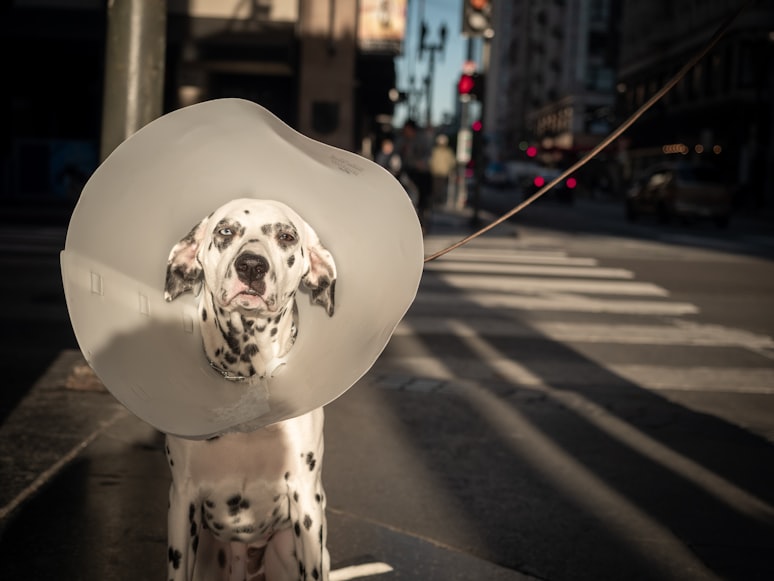When our beloved pets get injured, it can be a traumatic and emotional experience for both the pet and the owner. It is important to know how to properly care for your injured pet to ensure a speedy recovery and minimize the risk of complications. Injuries can range from minor scrapes and cuts to major accidents and illnesses, but with the right care, most pets can make a full recovery. In this blog, we will be discussing 10 ways to take care of your injured pet, including providing immediate first aid, keeping the wound clean, using a bandage or splint, providing pain relief, and seeking professional medical attention.
Pets can get injured in a variety of ways, whether it’s from an accident in the home or outside, a fight with another animal, or a medical condition. Regardless of how the injury occurred, it’s important to act quickly and provide the appropriate care to help your pet recover. In some cases, injuries can be serious and require immediate medical attention, while in others, the injury may be minor and require only basic first aid. It’s important to understand the difference and to know when to seek professional medical attention.
Provide immediate first aid:

If your pet has been injured, the first thing you should do is provide immediate first aid. This includes stopping any bleeding, keeping the pet warm, and transporting them to a veterinarian as soon as possible. It is important to note that if you pet is unconscious or unable to move, you should contact an emergency veterinarian or animal hospital right away. Also, in case of a serious injury, it is important to use caution while handling the pet, as they may be in pain and may bite or scratch. If possible, try to use a muzzle or a towel to cover the pet’s face and mouth to prevent them from biting or scratching you.
Keep your pet calm and still:
It’s important to keep your pet calm and still after an injury to prevent further injury. This includes not allowing them to run or play, and keeping them in a quiet and comfortable space. It’s also important to minimize the pet’s movement, as this can help reduce pain and inflammation. Try to keep your pet in a crate or a small room where they can’t move around too much.


